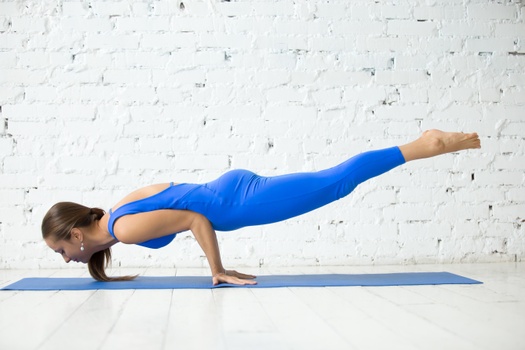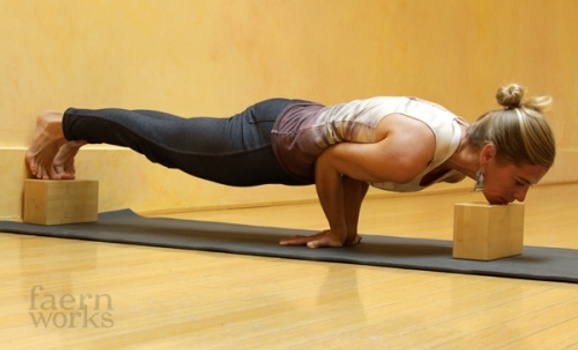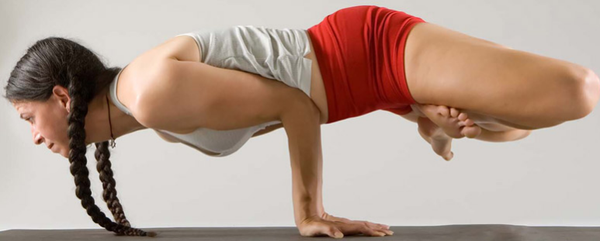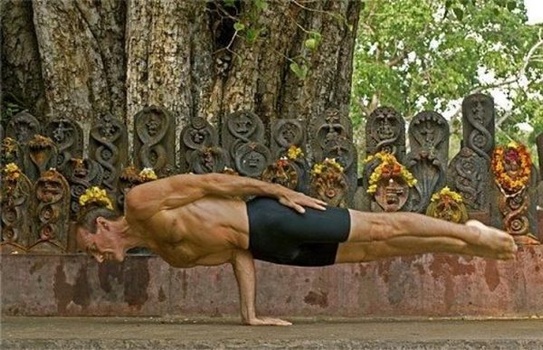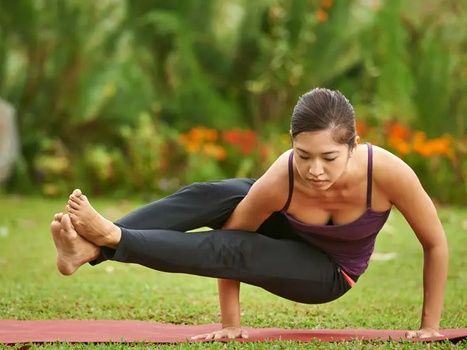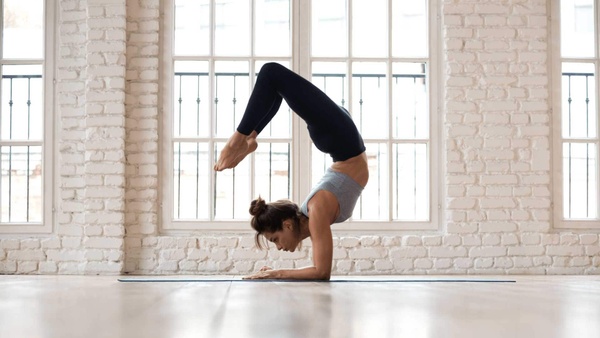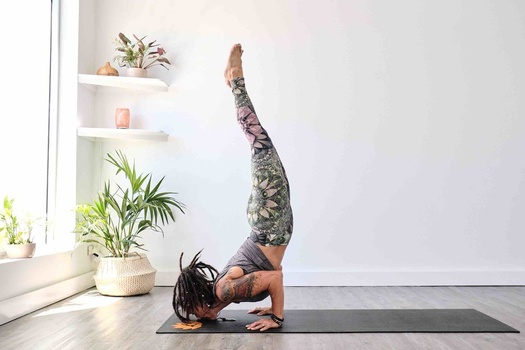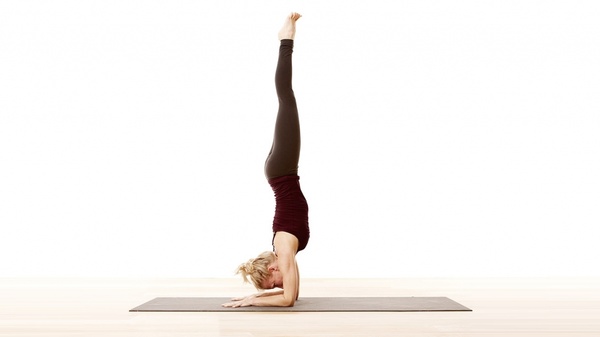It’s best to divide the process of learning this pose into four simple parts:
Part 1 - Preparatory Poses for Mayurasana
To bring balance to your core muscles and strengthen your upper body, you’ll need to activate and warm-up your entire body:
1. Phalakasana (Plank Pose) - To get into this pose, start on all fours, keep your hands on the mat shoulder-width apart, and your knees under your hips. Squeeze your hands and shoulders to lift your chest a little higher.
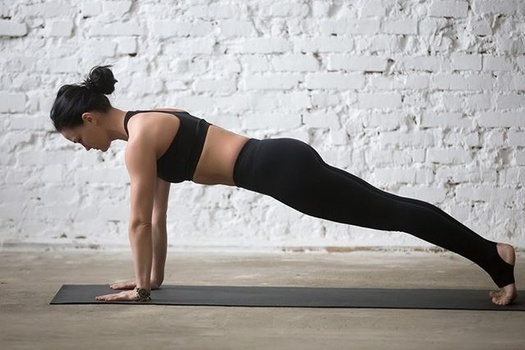
Next, lift your knees and extend your legs one by one while maintaining a tight core. Bring your gaze down in-between your hands or slightly forward. Hold this pose for 3 to 5 minutes to condition your upper body and core for arm balance.
2. Chaturanga Dandasana (Four-Limbed Staff Pose) - Start in Plank position, bend from the elbows at a 90-degree angle and bring your body to a low plank position. Make sure your body is parallel to the ground and that you’re utilizing your upper body strength to maintain this arm balance.
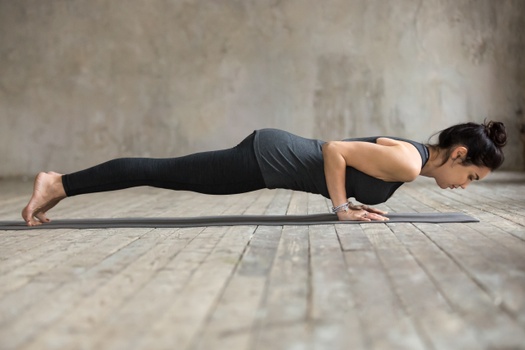
Hold this for 30 seconds for 3 to 5 rounds to build strength in your shoulders, upper back, traps, and wrists.
3. Hamsasana (Swan Pose) - If you don't have enough wrist flexibility and core strength to hold Peacock pose, Swan pose is another option.
Continue from Plank pose, reverse your grip and rest your abs on your elbows. Make sure your elbows are close together and right below your ribcage. No need to lift your legs – maintain your gaze forward and hold this pose for 1 to 5 minutes.
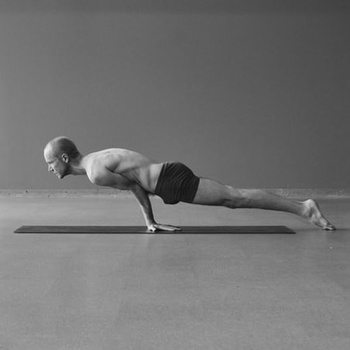
Swan pose helps beginners adapt to Peacock pose faster by strengthening the necessary muscle groups without too much stress.
Part 2: Step-by-Step Instructions to Perform Mayurasana
The following are steps to practice Peacock pose:
Step 1- Start by sitting in the middle of your mat in Hero Pose or Virasana position. Sit upright for a few seconds and focus on your breath.
Step 2- Now, place both palms shoulder-width apart in front on the mat so that your fingers are pointing toward your lower body.
Step 3- Keep your shoulders, upper back, and core engaged.
Step 4- Bend your arms at 90 degrees, and make sure your elbows are close to each other while keeping space between your palms.
Step 5- Inhale and exhale, lean forward, rest your head on the ground, and place the center of your abdomen on your elbows.
Step 6- As you exhale entirely, hold your breath during the main arm balance. Lift your legs in the air and stretch them out straight, all toes pointing.
Step 7- Finally, gently lift your head off the mat, gaze forward, and keep your body straight from head to toe.
Step 8- Exhale and release this pose by bringing your legs back on the mat in Virasana position.
Breath Awareness:
Hold Breathe: During the balancing act.
Exhale: When you are about to exit from the main posture.
Inhale: When your palms are placed on the mat in front of you.
Inhale & Exhale: While sitting in Hero position and right before you’re about to place your core on your elbows.
Performance Duration for Beginners: Hold Mayurasana for 10 to 20 seconds.
Performance Duration for Advanced: Hold Mayurasana for 30 to 90 seconds.
Part 3: Things to Keep in Mind
Here are a few essential posture cues to be mindful of while getting started with this powerful arm balance.
Grip your yoga mat - While performing any arm balance, you're most likely placing your hands on the mat, and most of the pressure is on your wrists. To ensure your wrist doesn’t get hurt in prolonged arm balance holds, spread your hands and press your fingers into the mat like you're holding the ground with your front fingers.
Do not release your legs too fast - Releasing your legs before your body is ready to balance itself can make it challenging to get into this pose. Take your time. First, give your wrist, elbows, and head time to adjust and create a strong foundation. Next, focus on your breath, keep your core and upper body engaged, and then let go of your legs with your gaze focused in front.
Do not lean too far forward - Some yogis get their legs too high in the air, with their head either on the ground or raised close to the ground. This happens when you lean in too far forward, turning your body into a see-saw because one side is heavier than the other. Find your body’s midpoint to align your elbows and make sure both sides are parallel to the ground.
Part 4: Relaxing Poses After Mayurasana
Arm balancing yoga poses can be exhausting and overwhelming. Give yourself time to unwind with the following relaxation sequences post-Mayurasana practice:
1. Adho Mukha Svanasana (Downward Facing Dog Pose) - Lie on your abdomen with your hands close to your chest and keep your legs together. Inhale, lift from your chest with your palms pushing into the mat.
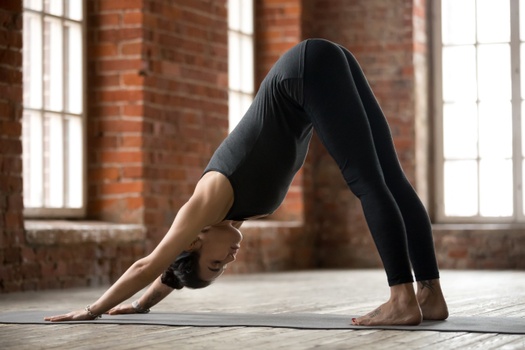
Tuck your toes into the mat and lift your knees off the mat. Point your pelvis toward the ceiling, and slowly form a triangle-like posture with your hands and feet flat on the mat. Finally, exhale and relax your tensed upper back, shoulders, neck, and arms in this counter pose for a few minutes.
2. Balasana (The Child’s Pose) - Continue from the Down-Dog position by bending your knees and bringing them back to the ground. Form the table-top position, bring your pelvis onto your heels, and rest your head on the floor.
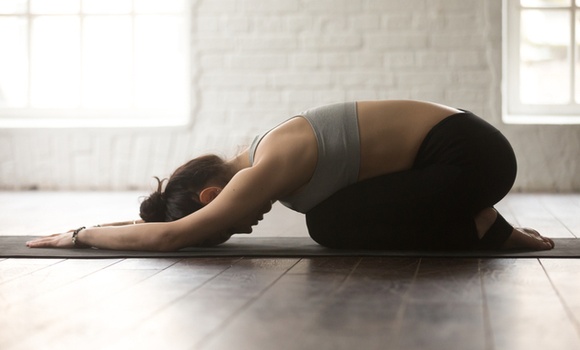
You can stretch your arms in front or just keep them at your sides, with both palms facing the ceiling. Hold until your spine, neck, core, and arms return to their respective neutral form.
